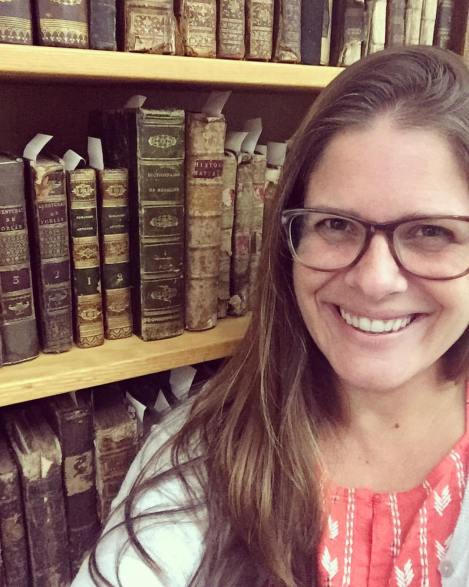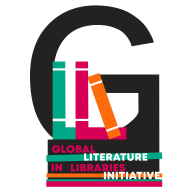For such a small collection of stories, Folktales from Syria packs an interesting punch for an English reader. Beginning with an introduction by Andrea Rugh, this collection works to inform and educate the reader as much as it does to entertain.
In the Preface, Rugh takes the reader through her meeting with Samir Tahhan, the gentleman who collected the stories, and his wife, Muna. We learn that he was horribly disfigured in a mine explosion while serving in the Syrian military. This, however, has not taken an ounce of his dignity or desire to preserve his country’s heritage through art and literature, evidenced by the collection of the latter to follow.
For a casual reader, Rugh’s fifteen-page Introduction may prove to be too academic at times, and a little stifling. However, I would encourage anyone who picks this volume up to read her Introduction thoroughly, as I do not believe you will receive a better explanation of the history of the quissa (story), hikaya (tale), or hudutha (episode) outside of a classroom. These explanations, though often a little drawn out, do a wonderful job of setting the reader up for the best experience while reading the collection.
The volume itself is wonderful! The stories will sound familiar in many ways to anyone who grew up on Fairy Tales as a child. However, one part that may take some getting used to for an English reader occurs at the end of the stories. Each one is tied together with a direct spelling out of the moral the story was attempting to convey, which often is rather bracing. Rugh explains this in her introduction, but it is still a little startling for the first few stories.
In Part One: Stories of Aleppo, this section of the collection is full of short, powerful stories with hard hitting moral lessons at the end of each one. The themes of selfishness, greed, gratitude, and wit are present throughout the stories, and should be familiar to those who read as a child (and maybe still do as an adult) the traditional Fairy Tales. Though in Folktales from Syria the upfront nature of the expectations of the readers’ understanding may be off-putting, whereas the average reader of traditional English Fairy Tales may not have figured out the “moral of the story” until adulthood.
One of the sweetest parts of the storytelling occurs in the second section of the collection, Part Two: Tales and Episodes of Aleppo. Within these tales and episodes, the reader is drawn into the telling through repetition of words, phrases, and by the simple question posed at the end of many: “So that is the tale’s ending, did you find it charming or offending?” I must say, I found each of the stories to be charming in their own way.
This collection is well worth the read. For a lunchtime break, or an escape for a few moments from the busyness of life, Folktales from Syria provides a pleasant trip down unfamiliar lanes, but with familiar endings and lessons learned in childhood.

Review by:
Stephanie is an academic librarian with her BA in English from the University of West Florida, and her MLIS from Florida State University.
![ARugh[1]](https://glli-us.org/wp-content/uploads/2018/02/arugh1.jpg?w=700)
Andrea Rugh has been a technical advisor for USAID development projects in the Middle East, South Asia, and Africa. She was a Research Associate at the Harvard Institute of International Development from 1987 to 1994, and worked for Save the Children and UNICEF in Pakistan and Afghanistan from 1998 to 2002. Over a period of 40 years residence and work in the Middle East, she has written on local culture and society. Her books include Family in Contemporary Egypt (Syracuse University Press, 1984), Reveal and Conceal: Dress in Egypt (Syracuse University Press, 1986), Within the Circle: Parents and Children in an Arab Village (Columbia University Press, 1997), and two translated books: Daughter of Damascus (Siham Tergeman, University of Texas Press, 1994), Folktales of Syria (Samir Tahhan, University of Texas Press, 2004). Her latest books are The Political Culture of Leadership in the United Arab Emirates (Palgrave-Macmillan 2007), Simple Gestures: A Cultural Journey Into the Middle East (Potomac Books 2009), International Development in Practice: Education Assistance in Egypt, Pakistan, and Afghanistan (Palgrave-Macmillan 2012) and Christians in Egypt: Strategies and Survival. (November 2015-Palgrave Macmillan).


Question for you…are the Folktales From Syria written for children? If yes, what age would you recommend this book to?
Many thanks,
Barb
On Sun, Feb 4, 2018 at 2:54 AM, Global Literature in Libraries Initiative wrote:
> Nuri al-Khalaf posted: ” For such a small collection of stories, Folktales > from Syria packs an interesting punch for an English reader. Beginning with > an introduction by Andrea Rugh, this collection works to inform and educate > the reader as much as it does to entertain. In the” >
LikeLike
The stories themselves could certainly be read to a child. As for age range? My suggestion would be if you are reading them Fairy Tales, then you can read them these stories.
LikeLike